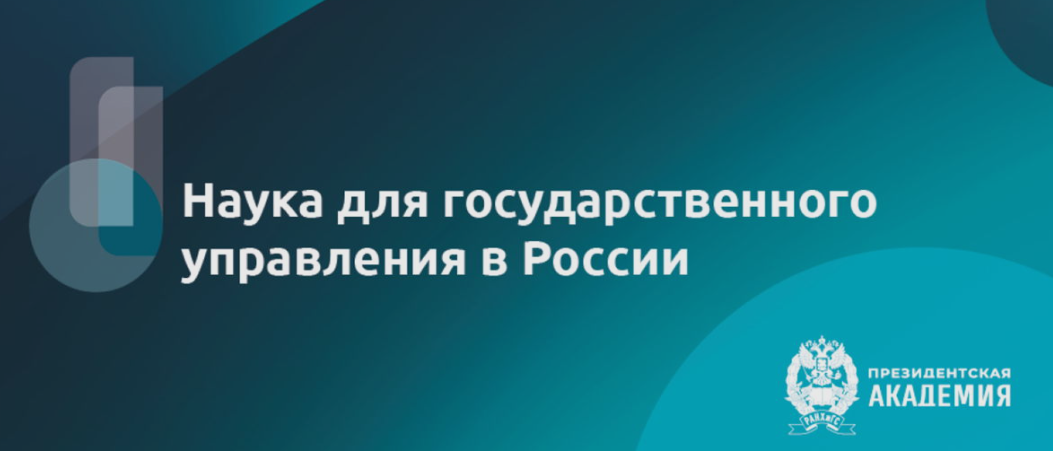Vol 3, No 1 (2017)
View or download the full issue
PDF (Russian)
Scientific-technological politics of Russian Federation
4-12 1084
Abstract
The phenomenon of creation of highly productive national science during a historically short period (10 years) in Saudi Arabia and Qatar. The article presents the results of scientometric analysis of the publication flow in the Russian Federation, Qatar and Saudi Arabia, indexed in Scopus database for the period between 2011 to 2015 years. A comparison was completed of gross expenditure on research and development in these countries. It has shown that at lower national budgets on R & D Saudi Arabia and Qatar have achieved a much higher scientific productivity of domestic sciences in comparison with Russia. The article presents a review of action plan and directions of scientific-technological policy that allowed Saudi Arabia achieve a dynamic development of the national scientific and technological sector.
13-20 797
Abstract
According to the European patent agency, 15% of the references in the patent search reports are so-called non-patent literature (NPL), which refer to scientific publications not related to the patents. An included overview of research proves that a high level of NPL citation indicates a research intensity of technical solutions proposed by the patent. There has been evaluated the level of citation of Russian scientific publications, indexed in Scopus, in patent documents with cross-country comparisons. It has shown by the indicator «number of citations of national publications patents» Russian Federation is almost 87 times inferior to the United States and more than ten times worse than the performance of Japan, China, and Germany. The indicator «number of citations in patents per 1,000 publications» for Russia is (4,9) less than for Turkish (5,4), Argentine (8,5), Mexican (7,0) and South African publications (7,6). Publications of Qatar, Saudi Arabia, and Egypt also have a substantially higher value of this indicator: with 8,0 to 15,3 and 9,5, respectively.
Economics of intellectual property
21-27 699
Abstract
There are proposed approaches to resolving intellectual property issues at all stages of the creation of new competitive scientific-technical developments to prevent «erosion» of intellectual property rights and to avoid conflict of interests between commercialization partners. Using the analysis of the project on creation of the Russian robotic complex, there are evaluated the sources and causes of problems arising because of the uncertainty of intellectual property right. Recommendations for overcoming them are offered in the article.
Priorities for development of science and technologies
28-39 744
Abstract
The article analyzes data from the annual report of the European patent agency, reflecting the struggle of industrialized countries for the EU market in the projection of the patent landscape of 2016. It presents the results of a patent analysis, which aims to identify residents of the Russian Federation, who received a maximum number of patents flown outside of the country. It shows that the majority of patent documents with the Russian priority is claimed in a foreign patent office on behalf of subsidiaries of multinational and foreign companies (31.3% and 24,8% respectively), the share of domestic companies of all forms of ownership account for less than 15%. The structure of patent rights holders with the Russian priority demonstrates a significant number of individual applicants who can not become the primary agents to capture the niches of the global market and cannot compete with foreign industrial giants.
40-52 830
Abstract
Russia is the world's largest wheat exporter. The sales volume on foreign markets in 2015 amounted to $3.9 billion, or 10.1% of global exports. By the end of 2015, the volume of exports of agricultural products exceeded revenues from sales of arms in foreign markets. However, in dollar terms, wheat exports correspond to only a fifth place in the world. The article analyzes the reasons for a significant gap in the volume of exports and revenue, barriers to the development of export of agricultural deep processed products. The assumption is made that the development of technologies for deep processing of grain crops will increase the share of exports of Russian products with high added value.
Industrial policy
53-69 697
Abstract
In the framework of the implementation of the import substitution policy, the Ministry of Industry and Trade issued an order No. 655 dated March 31, 2015 "On approval of the action plan on import substitution in the medical industry of the Russian Federation" according to which the share of imports in the majority of medical devices in 2015 amounted to 80–100%, but by 2020 should be reduced to 10–20%. To assess the competitiveness and export potential of Russian developments, providing technical solutions for the production of new types of crosslinking goods and wound retractors, there is performed a patent analysis of the global patent portfolio of documents created over the last 20 years. The data obtained does not allow to characterize scientific and technological backlog of the Russian Federation in the field of wound retractor production and crosslinking products as competitive.
ISSN 2410-132X (Print)
ISSN 2949-4680 (Online)
ISSN 2949-4680 (Online)


































